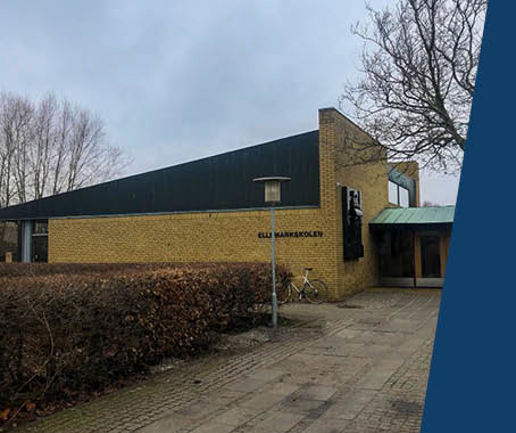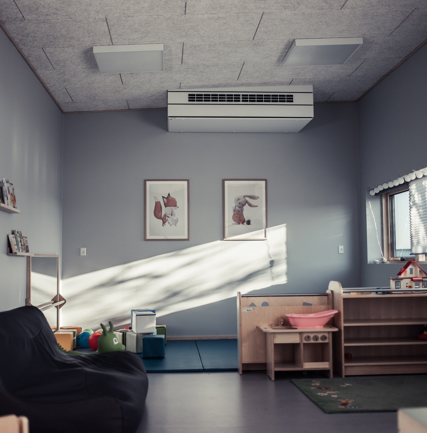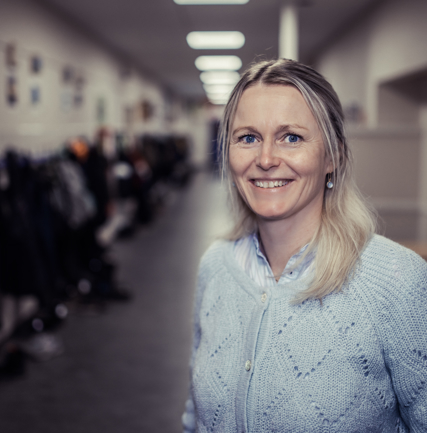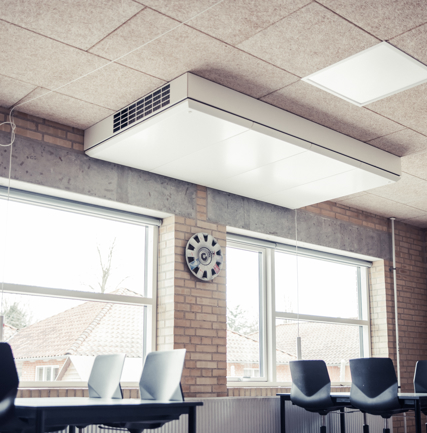The indoor climate at Ellemark School has significantly improved

A healthy indoor climate is a good investment, if you ask Ellemark School. An outdated ventilation system at the school proved to be so inadequate that it led to many complaints about the poor indoor climate. One of the reasons for this was insufficient fresh air, indicated by the high CO2 levels in the classrooms.
Ellemark School is a school from the 60’s that is built on one level where the roof has a one-sided slope in five wings of the building. The school had two older ventilation systems in the basement, but with little effect:
“Our old ventilation systems were outdated, and we received several complaints about the indoor climate in the classrooms. Of course, you have to act on that. So, when it was decided that we could invest in a new ventilation solution, we were naturally happy", says Søren Stage, caretaker at Ellemark School.
The reason for a bad indoor climate is, amongst other things, a too low exchange of fresh air, which can be seen in the CO2 level being too high. In fact, more than half of the schools in Denmark have exceeded the limit values for the CO2 level – a statistic that can lead to problems with the government. An unhealthy indoor climate can also lead to e.g. headaches, difficulty with concentrating and general discomfort. Ellemark School is luckily no longer a part of this statistic.
“We are happy about that. We know that a bad indoor climate can make students and teachers physically uncomfortable. Of course, this also means that the conditions for learning are significantly reduced. It is not optimal”, says Søren Stage.






